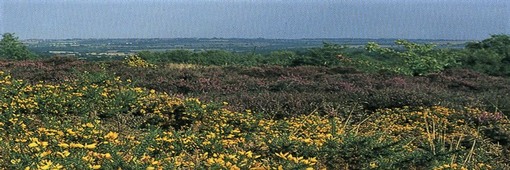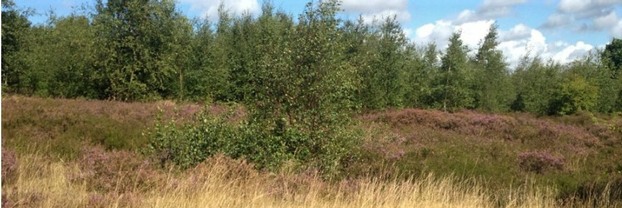

Biodiversity
Action
Plan

Roles
Landowners and managers:
- follow best practice in managing their lowland heathlands for wildlife;
- take up opportunities to restore or create heathlands where this does not damage other habitats.
Barnsley Council as planning authority:
- ensures in planning decisions that the biodiversity value of heathlands are maintained and enhanced.
- sets conditions to protect heathland in relevant planning applications
Conservation bodies:
- give advice and provide practical support in management of heathlands.
Natural England:
- gives advice on heathland management
- prevents damage to lowland heath in considering change of use applications.
Voluntary groups and volunteers:
- help with heathland management
- provide information about the condition of heathlands and wildlife recorded there
Lowland Heathland: Key objectives
- Raise awareness of the importance of Lowland Heath for biodiversity as well as for enhancing the landscape.
- Review the extent and condition of Lowland Heath in Barnsley
- Seek the creation of new Lowland Heathland sites and extension of existing sites, where not detracting from other habitats
- Promote positive conservation management practice for identified Lowland Heathland sites to bring them into favourable condition.
- Seek to create links and corridors between heath and other habitats
- Collect and analyse records of populations and assemblages of wildlife species in Lowland Heathland in Barnsley.
- Ensure that all suitable Lowland Heathland sites are within designated SSSIs or Local Wildlife Sites.
Lowland Heath Actions
What is being done?
- The Coalfield Heathlands Project worked partly in Barnsley. 2005-10
- Wharncliffe Heathlands Trust undertakes some scrub clearance and bracken control and maintains grazing of Wharncliffe Heath to the potential benefit of Nightjar
- Grazing and other management takes place at Wogden Foot (BMBC/YWT), Gypsy Marsh (RSPB).
- Lowland Heath in Littleworth Park; is under conservation management including birch scrub clearance. YWT/BMBC 2016-
- Surveys for reptiles and invertebrates have taken place.
Proposed actions
- Maintain inventories of Lowland Heathland
- Sites of high value and interest
- Sites with potential to be restored to priority status
- Assessment of condition of identified sites
- Prioritised programme of conservation through work with land owners and tenants, and input from developers.
Marking Progress
- Extent of Lowland Heath: number of sites / area
- Sites / area of lowland heath in favourable condition
- Sites /area in positive conservation management.
- Lowland Heath sites protected by SSSI, LWS or other designations.
Continued
- Agree and carry out prioritised Lowland Heathland LWS designation
- Lowland Heathland LWS in positive conservation management by 2025.
